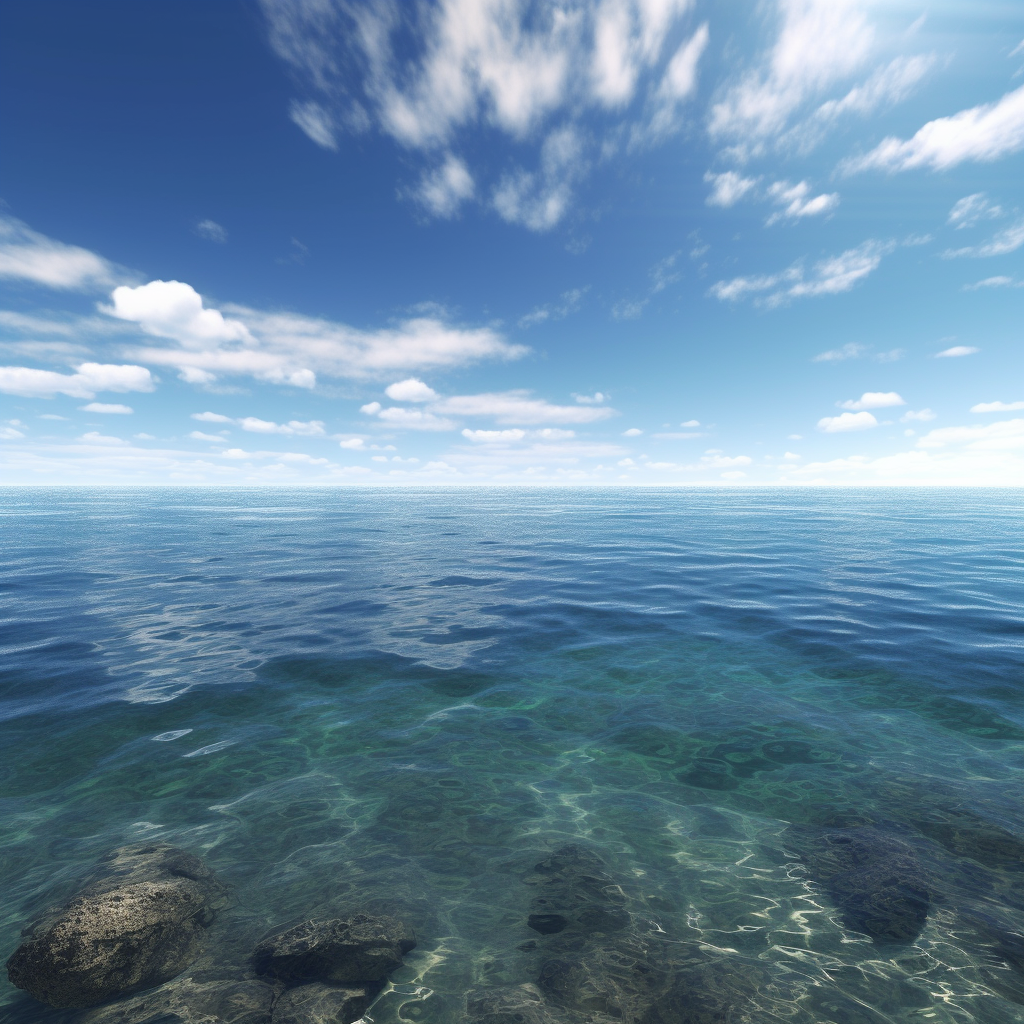July 18, 2023
Climate Change Revealed – The Startling Shift in Ocean Colors and Its Implications
Book a Demo
Researchers at MIT and the National Oceanography Center have made a startling discovery about the world’s oceans – 56% of them have changed color over the past 20 years. This change, from blue waters to greener hues, is likely due to the effects of climate change.
The color of the ocean is influenced by various factors, including the presence of materials and life in the water. Greener water indicates the presence of phytoplankton, microscopic plants that play a crucial role in marine ecosystems. These tiny organisms are not only responsible for giving the ocean its green color but also for producing oxygen and serving as a vital food source for countless marine species.
To detect this subtle change in ocean color, researchers relied on satellite data from NASA’s Aqua satellite. This data allowed them to observe changes that may not be noticeable to the human eye. The fact that such a significant change in ocean color was detected reinforces the idea that climate change is already impacting surface marine ecosystems.
Furthermore, the change in ocean color has implications for carbon uptake and food chains. Phytoplankton, which thrive in greener waters, are instrumental in absorbing carbon dioxide from the atmosphere through photosynthesis. This process helps mitigate the effects of climate change by reducing greenhouse gas concentrations. Additionally, changes in phytoplankton abundance can disrupt the entire food chain, affecting the populations of fish and other marine organisms.
It is important to note that this change in ocean color cannot be solely attributed to natural variability. It affects more than half of the world’s oceans, indicating a significant trend. Tropical oceans near the equator have experienced the most notable change, reflecting alterations in their ecosystems.
The link between changes in ocean color and phytoplankton is crucial to understand. These tiny organisms form the base of the marine food chain and play a vital role in shaping ocean ecosystems. Any disturbance in their abundance or distribution can have far-reaching effects on the entire food web.
Ultimately, the primary driver behind these changes in ocean color is human-induced climate change. This finding underscores the impact of human activities on marine ecosystems. As greenhouse gas emissions continue to rise, it is imperative that we take action to mitigate climate change and protect the health of our oceans. The consequences of failing to do so could be detrimental to not only marine life but also to the entire planet.



